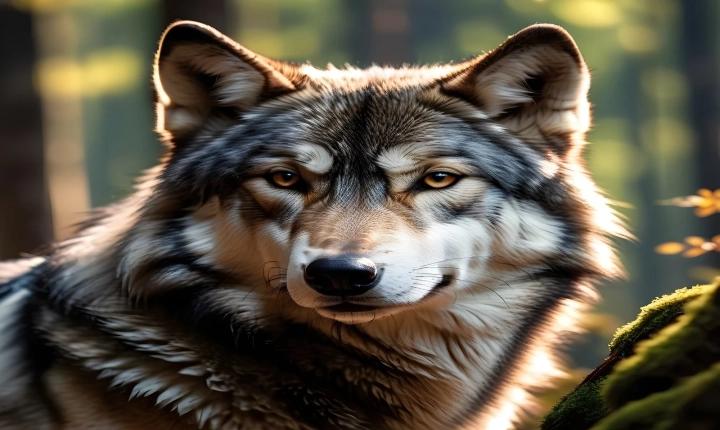Title: Designing AI Art: A Guide to Creativity and Technology
Introduction:
With the rapid advancement of artificial intelligence (AI) technology, creative expression has extended beyond the traditional realms of human artistry. AI art, a fascinating intersection of creativity and technology, offers a new platform for artists to explore and develop innovative techniques. This article aims to provide a comprehensive guide on how to design AI art, exploring the tools and techniques that can be used to create compelling and thought-provoking pieces.
Understanding AI Art:
AI art encompasses a wide range of creative practices that involve the use of artificial intelligence as a tool for artistic expression. This can include generative art, where algorithms and machine learning systems are used to create original artworks, as well as collaborative art, where human artists work in tandem with AI to produce pieces that combine the best of both worlds.
Tools and Techniques:
1. Generative Adversarial Networks (GANs): GANs have revolutionized the field of AI art by enabling the generation of realistic and aesthetically pleasing images. These networks consist of two neural networks – a generator and a discriminator – that work in tandem to create and refine images. Artists can use GANs to generate unique and abstract visuals that push the boundaries of traditional art forms.
2. Style Transfer: Style transfer algorithms allow artists to apply the visual style of one image to another, resulting in a fusion of two distinct artistic visions. By leveraging style transfer techniques, artists can experiment with blending different artistic styles, creating visually stunning and conceptually rich compositions.
3. Data-driven Art: Many AI artists leverage data as a medium for their creations. By using data sets as source material, artists can explore themes of information, technology, and human interaction with the digital world. This approach allows for the creation of art that is both visually captivating and intellectually stimulating.
Collaborative Creation:
One of the most exciting aspects of AI art is the potential for collaboration between human artists and AI systems. By working alongside AI, human artists can expand their creative horizons and explore new ideas that may have been beyond their reach otherwise. This collaborative model not only challenges the traditional understanding of authorship and creativity but also fosters a dynamic and evolving artistic process.
Ethical Considerations:
As with any emerging technology, AI art raises ethical questions about authorship, ownership, and the implications of using AI as a creative tool. It is crucial for AI artists to consider the ethical implications of their work, including issues related to consent, data privacy, and the societal impact of AI-generated art.
Conclusion:
AI art represents a new frontier in the realm of creative expression, offering artists an array of innovative tools and techniques to explore. By harnessing the power of artificial intelligence, artists can push the boundaries of traditional art forms and create compelling and thought-provoking pieces. As AI technology continues to evolve, the possibilities for AI art are boundless, offering a captivating and ever-expanding landscape for artistic innovation.
